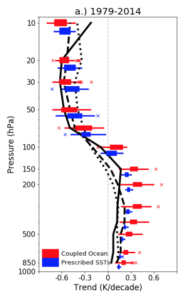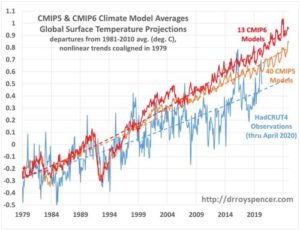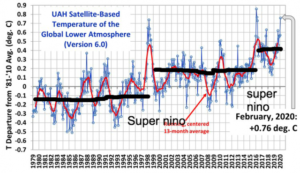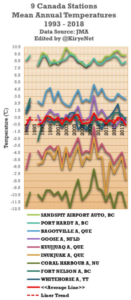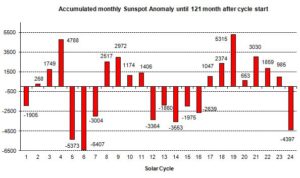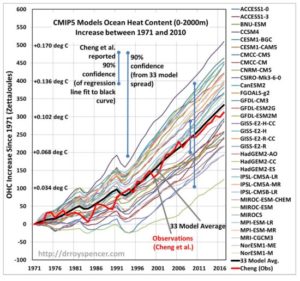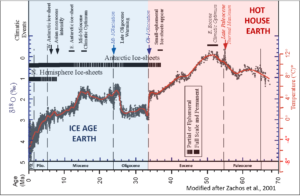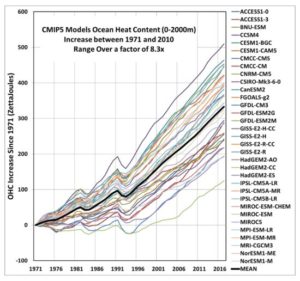by Nic Lewis, Jan 19, 2021 in ClilmateEtc.
Key points
- The pattern effect is the dependence of outgoing radiation to space on the spatial pattern of surface warming.
- A pattern effect, relative to that in equilibrium, can be caused both by evolution over time in the climate system’s response to forcing and by its internal variability.
- The paper fails to distinguish between a historical period pattern effect that is forced, which will unwind very slowly, and one that is caused by internal variability, which can quickly unwind, causing rapid warming.
- The forced pattern effect is very small in CAM5.3
- The pattern effect found in the paper is greatly affected by being estimated during the hiatus.
- The estimated post-hiatus unforced historical pattern effect is non-negligible in CAM5.3 when using the AMIP2 sea surface temperature dataset, as in the paper, but negligible when using the UK Met Office HadISST1 dataset.
- The historical pattern effect is not robust; it varies hugely between models and SST datasets.
- The paper’s claims about greater committed warming directly reflect its estimate of the size of the historical pattern effect.
Introduction
A new paper “Greater committed warming after accounting for the pattern effect” led by Chen Zhou (Zhou et al.[1]) has recently been published in Nature Climate Change. Here is the accompanying press release.
…

